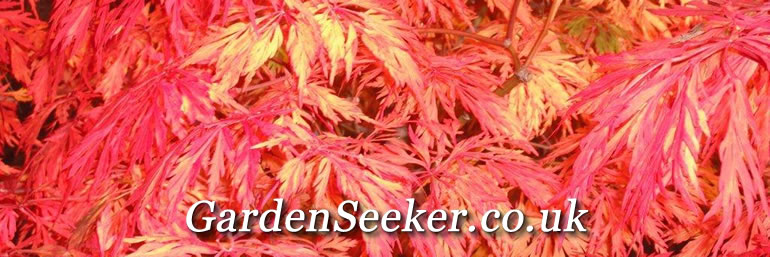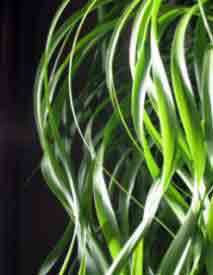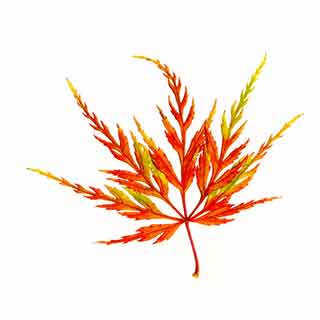

Also known as Nolina recurvata -The Ponytail Plant or Palm , or Elephant Foot Tree. It is not a true palm as is often thought but a tender evergreen shrub that is at home in the deserts and scrub land of the Southern America.
The common name of Bottle Palm aptly describes the shape of the stem, though with age it will out grow this descriptive common name, whereas the Ponytail Palm is wonderfully descriptive of the neat foliage. It is a perfect Christmas Gift and will also be appreciated as an office gift!
The Plant: Originating from Mexico, this unusual plant, looking like a small tree, is accustomed to desert conditions, using its swollen stem base as a water storage organ, hence the name ‘Elephant foot tree - plant’. The leaves form a bushy lush-green growth resembling scruffy ponytails. Small yellow flowers may be produced on arching spikes in spring.
 Its needs: Ponytail plant needs strong light, including direct sun
for part of the day. Potting mix should include coarse
sand/grit, or charcoal, to provide very good drainage.
Its needs: Ponytail plant needs strong light, including direct sun
for part of the day. Potting mix should include coarse
sand/grit, or charcoal, to provide very good drainage.
Beaucarnea Nolina Care: Apply fertilizer monthly to this Ponytail Palm. Water well every two weeks, taking care not to over-water as this will cause the stem and roots to rot. This plant can withstand drought but not cold, so move it away from draughts and windows in winter. Do not allow to become water-logged.
It is draught resistant in natural habitat, and as an indoor plant this should be taken into consideration when tempted to water!
Good for: Beaucarnea makes a good specimen feature plant, ideal standing alone, preferably on the floor - or even when young, as a desk plant. Beautiful, different!
A feature that gives it one of its names - The Elephant Foot Plant - will determine the size of pot needed!
Other than over-watering, which can be fatal, there are two main pests that take a liking to the plant. Red Spider mite - probably because the plant has to be grown in dry conditions - loved by red spider; and scale insects which will form a nice little line under the attractive streams of foliage.
Propagation of Beaucarnea is quite simple with older plants. The tend to have offshoots at the base, which can be detached and grown as new plants.
